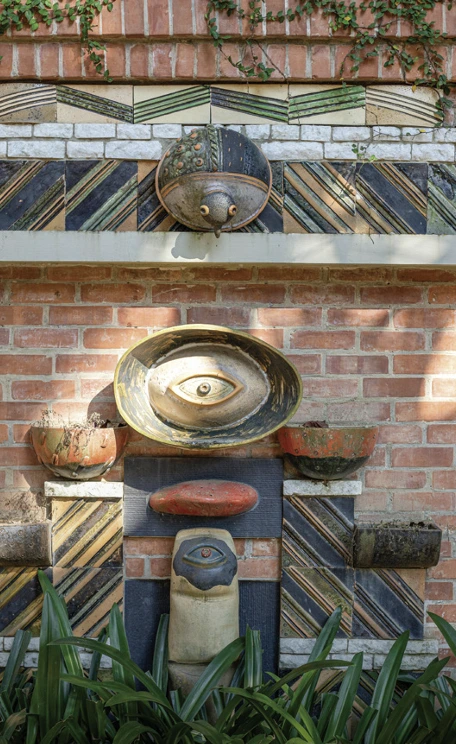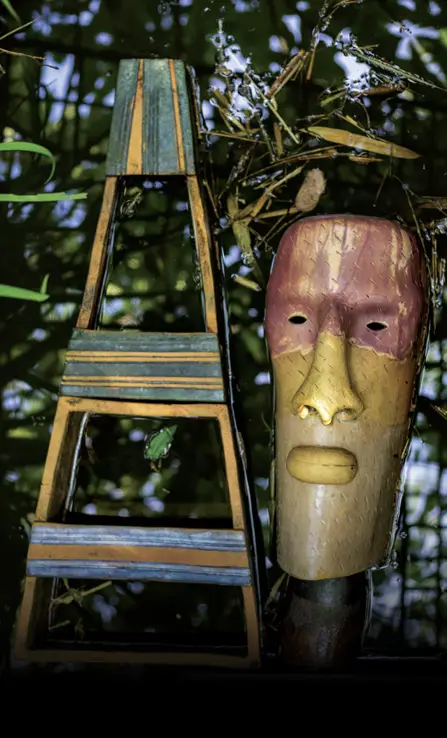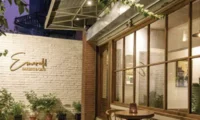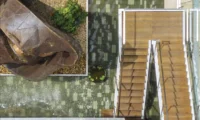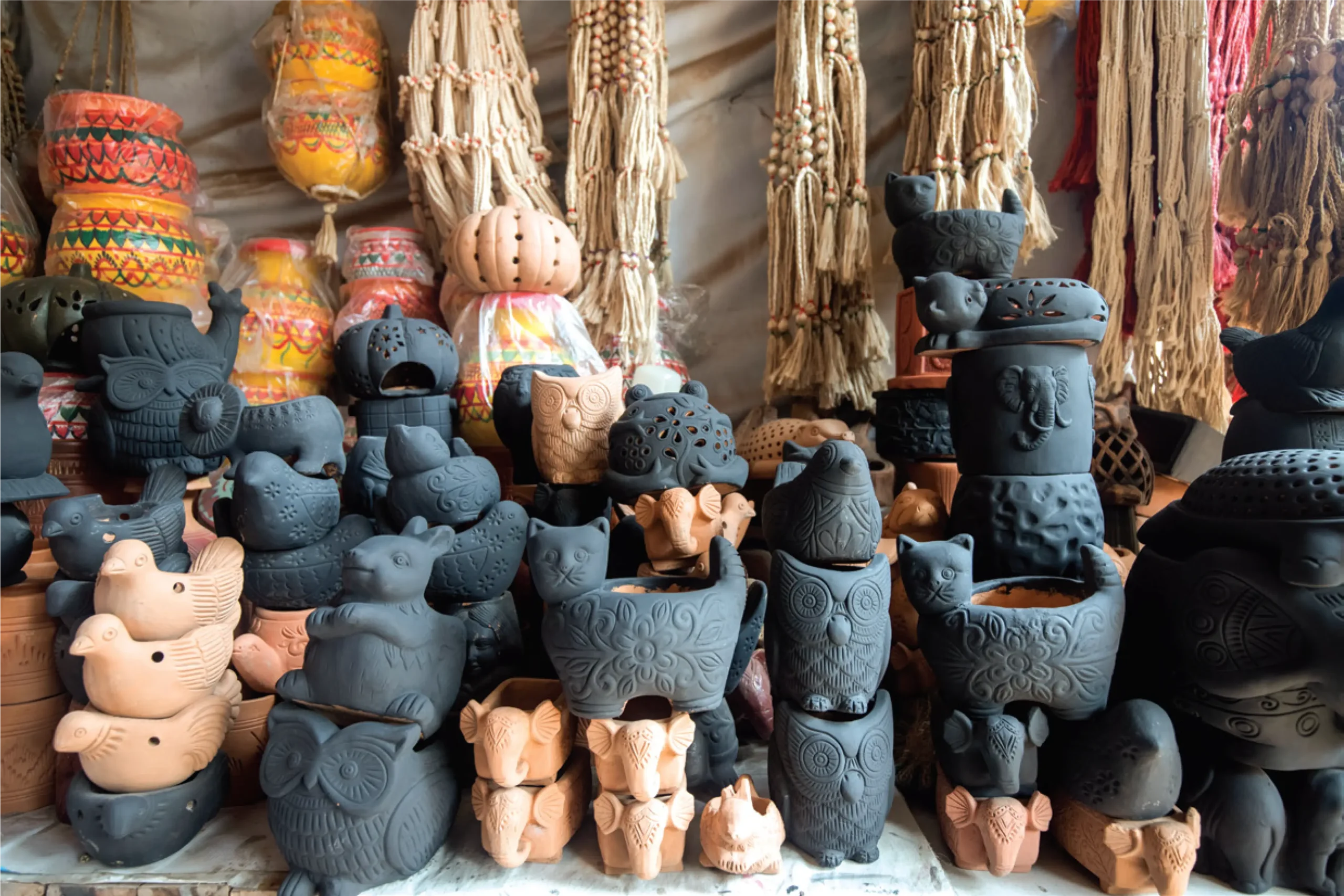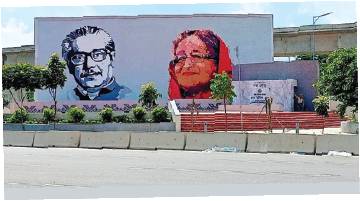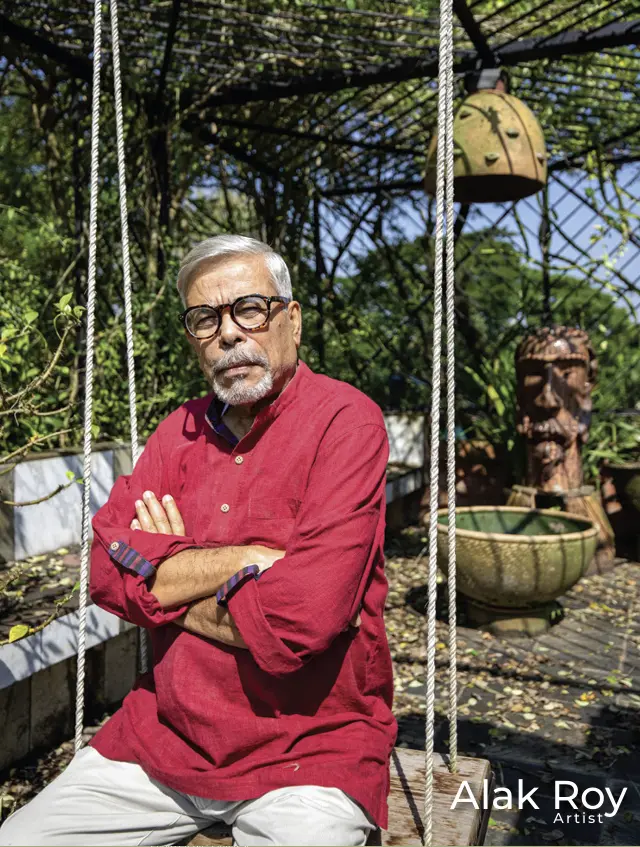
Son of an engineer, but never performed satisfactorily in mathematics. The journey of artist Alak Roy to the Institute of Fine Art, University of Dhaka, was somewhat for that reason. Though it was in a family legacy as his father’s cousins’ studied in the Government Collage of Arts a n d Crafts in Kolkata, West Bengal. He was never an amateur practitioner, but from a very young age, he admired and appreciated artworks. According to him, his luck has always been favored in any way or another; starting with getting scholarships from the very first year to exhibiting works and attending residencies in different countries along with many other internationally renowned artists.

The boost to his confidence and self-esteem started when he achieved his very first full free scholarship, which inspired him to look forward to working hard and better. As he used to admire paintings, he took the subject as a major. The scholarship provided the opportunity to learn in India. The guidance of an amazing teacher, who used to work with clay and ceramics, inspired him too. He grew interested to express Bengali culture through murals and reliefs.
“We artists who were fresh graduates right after the independence had always wanted to establish the deep culture and belongingness of Bangladesh in our works. It mainly started in the year 1969 and is a milestone in the history as it might be called a cultural revolution of Bangladesh. The country got its self-identification which made us different from Pakistan. Something which we Bengalis are always proud about” shared Alak Roy. They contributed in different ways to being a student at that time, by writing posters late at night, which helped him to improve his handwriting skills, and was very much active in various activities of the liberation movement. He has been influenced by many local works of artists like Kamrul Hasan, Joynul Abedin, and S. M. Sultan, and how they expressed the folklore and culture in their works. That was not an era of the internet, hence exposure to international works or platforms was very limited.
Alak Roy found joy in working with clay and ceramics with inner satisfaction. “People have hidden talents and aptitudes. But most fail to realize or explore that side. Hence keeping the world out of their abilities and their self-belongingness,” he added. His courage in working with clay increased gradually exploring different opportunities while observing potters’ work and witnessing multiple terracotta temples in Bishnupur, Bankura, West Bengal, and also in Moynamoti Shalbon Bihar and Cumilla.
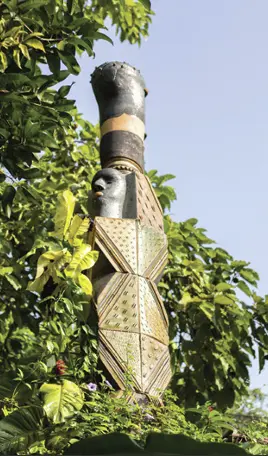
His first relief exhibition was named “Matir Kana”, and ‘Aboddho’ another high relief work exhibition was also organized. Gradually started progressing with three-dimensional work. He believed in stepping up and not jumping to risks. He always believed that soft clay has a character of its own and there is a lot of potentials to express through this material in form of artwork. He thought of working with clay and ceramic because his native country itself is made of fertile soil which relates him to Bangladesh.
People have hidden talents and aptitudes. But most fail to realize or explore that side. Hence keeping the world out of their abilities and their self- belongingness.
Being a university teacher, he had his earning source fixed. Sculptors throughout the world are very less in number because their works are not being bought and their setups are costly. He is no different, but this never kept him from producing beautiful sculptures and working for them. There is his early time work in the national museum, a very expressive one. Winning many awards international exposures encouraged him to think bigger and better, to take risks to keep going forward. As he studied murals which in basic terms are artwork related to architecture, that helped him to be liked by architects as well. “I try developing my own clay. I never thought of working with any synthetic materials. I wanted to explore organic materials as it goes with my personality. I also worked with stones and bronze on international platforms, with their help and support. Being a sculptor needs its own form of support and setup. I always spent my earnings developing my working setup to keep improving. For me, my representation was always through my work. As I did not study ceramics, I know little about it. If it was my field of study I might have achieved differently,” shared Alak Roy. His works had been collected by Fukuoka Asian Art Museum. At the Museum of Modern Ceramic Art in Gifu, Japan, 85 sculptors were invited to exhibit, and he was one of them. Similar work was also exhibited at Incheon Centre in South Korea. He did many works and residencies in China, Vietnam, South Korea, America, and many other countries. His last solo exhibition was in France. And did many successful exhibitions in Bangladesh as well. According to him, his biggest achievement is the chance to explore and observe a lot of different artworks and get to meet different artists.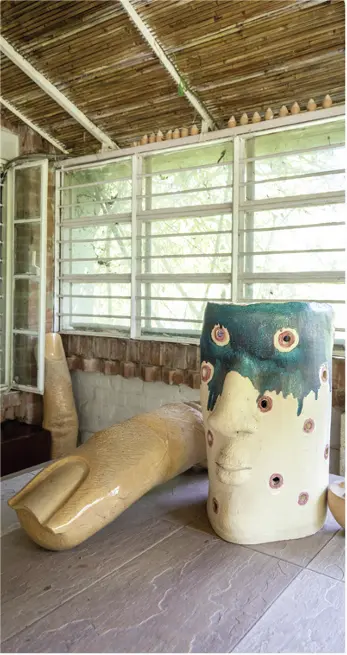
While starting his professional practice his first big exposure was doing a sculpture for the Grameen Bank. Worked for the Bangladesh Army as well, initially with the condition of getting the freedom to express himself through his work even sacrificing the negligible honorarium. Personally designed random sculpture gardens as well. Many people complain about the drawbacks of being an academic, but he enjoys learning from young minds, their positive vibes provide active energy to him.
There’s a lot of scope in modern art. In his early works, there were many full figures of humans, but later he started concentrating on faces, as the symbolization of more simplified and concentrated human expressions. From facial emotions to more detailed expressions are portrayed in his artworks which are symbols of eyes. “There are a lot of eyes in my works, as me being a visual artist, and we see with eyes. But we all see very differently with our subconscious mind. It’s the matter of perspective of the point of view each individual carries,” explained Alak Roy. These eyes when left in nature, and exposed to the outer world, they observe how things change, how the seasons shift, and also age beautifully with the weather.
Another notable element in his work is the finger. It is the humans within the evolution lineup who used this f inger for the first time. The finger is more like a tool, and the example can be noticed in the early sculptures of most civilizations. All of them have these human f igure sculptures, hand-made using the technique of pinching. Along with functionality the fingers also have the feel of sensation. One can also experience the world by touching. Hence that is a form of seeing as well, which he represents by adding an eye on the tips of the fingers. Some of the sculptures with fingers were named Homage to ‘Helen Keller’, who was both blind and dumb. He developed a language of fingers. While roaming around his home and working studio one might notice a sculpture of ears hanging from the trees. To your astonishment, you might wonder why?
Because ears experience sounds, the music of nature. There are lots of elements that he tried to incorporate into his artwork. The mouse is one of them. To him, the way we express the phases is like ‘hungry as if mice are racing in the stomach’, or ‘thinking as such a mouse is eating the brain’. His symbolization of elements in space and time is how we subconsciously experience the world unknowingly. That is how beautifully and simply he expresses through his artworks.
Authored by Rehnuma Tasnim Sheefa



